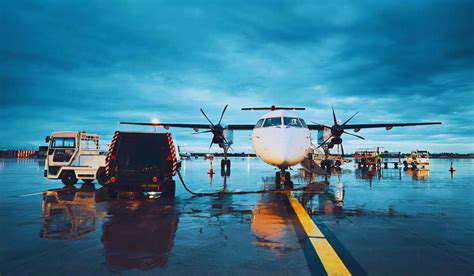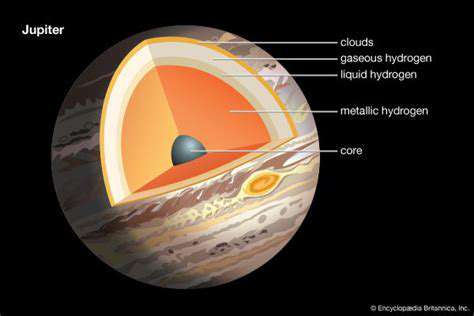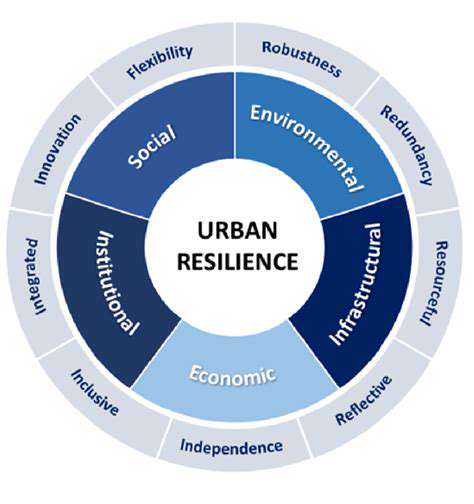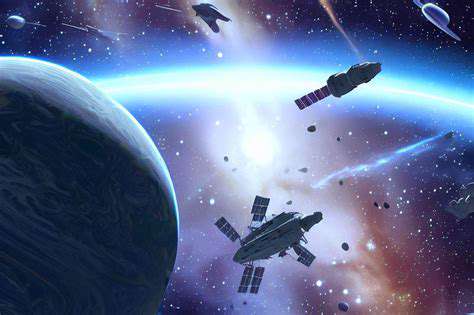GNSS Fundamentals: Understanding Satellite Navigation
Global Navigation Satellite Systems (GNSS) are crucial for drone navigation, providing precise location data. These systems, like GPS, rely on a constellation of satellites orbiting the Earth. Each satellite transmits signals containing information about its precise location and time, allowing ground receivers to calculate their position based on the time it takes for the signals to travel. This fundamental principle is the bedrock of accurate drone positioning, enabling drones to navigate and map environments with remarkable precision.
Understanding the intricacies of these signals and the various GNSS systems, including GPS, GLONASS, Galileo, and BeiDou, is essential for drone pilots and developers. Each system has its own strengths and limitations, and selecting the appropriate system for a given application is critical for achieving optimal results. Moreover, factors such as signal interference and atmospheric conditions can affect the accuracy of GNSS data, requiring sophisticated error mitigation strategies for drone navigation.
Drone Navigation: The Practical Application of GNSS
Drones leverage GNSS data for a wide range of applications, from aerial photography and videography to precision agriculture and environmental monitoring. GNSS-enabled navigation allows drones to autonomously follow pre-programmed flight paths, ensuring precise positioning and accurate coverage. This capability is critical for tasks like surveying land, inspecting infrastructure, and delivering packages.
The use of GNSS in drone navigation is becoming increasingly sophisticated, with advancements in algorithms and processing power enabling more complex maneuvers and dynamic adjustments. This continuous evolution of technology ensures that drone operations can adapt to various environments and challenges, making GNSS an indispensable tool for the future of drone technology.
Challenges and Limitations of GNSS-Based Navigation
Despite its advantages, GNSS-based drone navigation faces certain limitations. Signal blockage, such as dense foliage or urban canyons, can significantly degrade positioning accuracy. Furthermore, multipath interference, where signals reflect off obstacles, can also lead to errors. These challenges highlight the importance of robust error mitigation techniques and the potential need for alternative positioning methods in specific situations.
Furthermore, the accuracy of GNSS signals can be affected by factors such as atmospheric conditions (ionosphere and troposphere) and satellite geometry. Understanding these limitations and developing strategies to compensate for them is crucial for maintaining the reliability of GNSS-based drone navigation in diverse environments.
Alternative Positioning Methods for Enhanced Accuracy
To overcome the limitations of GNSS, researchers and developers are exploring alternative positioning methods for drones. Techniques like inertial navigation systems (INS) and visual-inertial odometry (VIO) can provide supplementary or independent positioning data, enhancing accuracy and reliability in GNSS-challenged environments.
Combining GNSS with other sensors can create robust and adaptable navigation systems. Integrating sensors like cameras, LiDAR, and ultrasonic sensors provides a more comprehensive understanding of the drone's environment, enabling it to adapt to changing conditions and maintain precise positioning even in challenging scenarios.
Integration of GNSS with Other Sensors for Enhanced Capabilities
Integrating GNSS with other sensor technologies, such as cameras, LiDAR, and IMUs (inertial measurement units), unlocks a wealth of possibilities for drone applications. Combining GNSS's positional accuracy with visual information from cameras allows drones to perform object recognition and precise navigation in complex environments.
For example, using LiDAR for terrain mapping in conjunction with GNSS improves the accuracy of 3D modeling and object detection. This synergistic approach enhances the capabilities of drones, enabling them to perform tasks that were previously impossible or significantly more challenging.
Future Trends and Innovations in GNSS Drone Navigation
The future of drone navigation promises even more sophisticated and robust solutions. Advanced signal processing techniques and enhanced satellite constellations will likely lead to higher accuracy and improved availability of GNSS data. The integration of machine learning algorithms can further optimize drone navigation, allowing for real-time adaptation to dynamic environments and minimizing errors.
Moreover, the continued development of miniaturized and more powerful sensors will further enhance the capabilities of GNSS-based drone navigation systems, opening up new possibilities for applications in various fields, including search and rescue, environmental monitoring, and precision agriculture.
Overcoming Challenges: Enhancing Accuracy and Reliability
Improving GPS Accuracy in Challenging Environments
Satellite-based navigation systems, like GPS, rely on signals from multiple satellites to pinpoint location. However, various factors can impede the accuracy of these signals, including atmospheric interference, multipath reflections, and signal blockage. Researchers are actively investigating innovative techniques to mitigate these challenges, such as utilizing advanced signal processing algorithms and employing multiple frequency bands to overcome signal degradation in diverse environments. This continuous development is crucial for ensuring the reliability and accuracy of GPS in various applications, from autonomous vehicles to precision agriculture.
The accuracy of GPS positioning is essential for numerous applications, including autonomous vehicles, navigation, and surveying. However, in environments with significant obstacles or atmospheric distortions, GPS signals can be weakened or obstructed, leading to inaccuracies. Advanced signal processing techniques, such as carrier-phase ambiguity resolution and Kalman filtering, are being employed to enhance the reliability of GPS data in these challenging conditions.
Addressing Signal Degradation Due to Atmospheric Effects
Atmospheric conditions, including ionospheric and tropospheric delays, significantly affect the accuracy of GPS signals. These delays cause signals to travel longer distances than anticipated, leading to inaccurate position calculations. Models and techniques are being developed to compensate for these delays, using real-time data from ground-based sensors and atmospheric models. These advancements aim to minimize the impact of atmospheric variability on GPS accuracy, ensuring reliable navigation in diverse weather patterns.
Mitigating Multipath Errors
Multipath errors occur when GPS signals reflect off surfaces before reaching the receiver. These reflections can cause signal delays, leading to inaccurate position estimations. To address this issue, researchers are developing sophisticated signal processing techniques, including advanced signal filtering and correlation algorithms, to identify and mitigate the impact of multipath reflections. These techniques are crucial for ensuring precise location data in urban environments, where the presence of tall buildings and other structures can lead to significant multipath interference.
Utilizing Advanced Signal Processing Techniques
Sophisticated signal processing techniques play a critical role in enhancing the accuracy and reliability of satellite-based navigation. Techniques like Kalman filtering, which combines measurements from multiple sources to improve accuracy, are employed to refine position estimates. These algorithms effectively reduce errors caused by various factors, including noise and interference, leading to more precise and dependable navigation data. This continuous advancement in signal processing is essential for the continued development of GPS and similar systems.
Enhancing Receiver Sensitivity and Robustness
Modern GPS receivers are designed with enhanced sensitivity and robustness to ensure reliable signal acquisition and tracking even in challenging environments. Advanced antenna designs, improved signal processing algorithms, and sophisticated receiver architectures contribute to the ability to detect and track weak signals in noisy environments, making GPS more resilient to signal degradation. This increased robustness is particularly valuable for applications in remote areas or situations with complex signal propagation.
Improving Reliability in Challenging Environments
Satellite-based navigation systems are indispensable in various applications, including autonomous vehicles, aviation, and surveying. Achieving high accuracy and reliability, especially in challenging environments like urban canyons or dense forests, is paramount. Future developments will focus on integrating advanced sensor fusion techniques with GPS data to enhance accuracy and reliability in challenging conditions. This synergy between GPS and other sensors will pave the way for more robust and versatile navigation systems.
Global Navigation Satellite Systems (GNSS) Integration
Beyond GPS, other global navigation satellite systems like GLONASS and Galileo are being integrated with GPS to enhance the overall accuracy and reliability of satellite-based navigation. Combining signals from multiple systems provides redundancy and reduces the impact of signal degradation in specific areas. This integration is particularly beneficial for applications that require high accuracy and availability in diverse geographic regions, improving the robustness of the navigation system across the globe.
Integrating Sensors for Complete Navigation
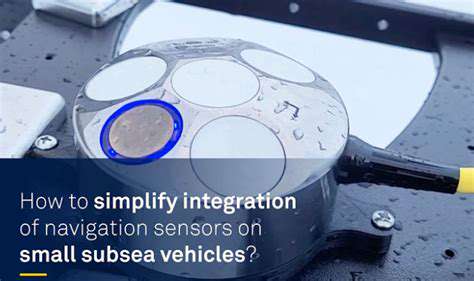
Integrating Sensors for Comprehensive Environmental Monitoring
Environmental monitoring is crucial for understanding and mitigating the impacts of human activities on our planet. Collecting comprehensive data about various environmental factors is essential for effective conservation efforts and sustainable development. The use of integrated sensor networks allows us to gather real-time information about diverse parameters, providing a more complete and nuanced picture of the environment.
Types of Sensors and Their Applications
A wide range of sensors are available for environmental monitoring, each designed to measure specific parameters. These include sensors for air quality, such as those measuring particulate matter and gases, and water quality sensors measuring pH, temperature, and dissolved oxygen. Furthermore, specialized sensors can monitor soil conditions, noise levels, and even seismic activity.
Data Acquisition and Processing
The integration of sensors relies on robust data acquisition systems. These systems must be capable of handling the large volumes of data generated by numerous sensors, ensuring accurate readings and efficient storage. Sophisticated data processing techniques are then used to analyze this information, identifying patterns, trends, and anomalies in the environmental data.
Real-Time Monitoring and Alerting
Real-time environmental monitoring is critical for proactive responses to environmental changes. Integrated sensor systems allow for real-time data visualization and analysis, enabling timely interventions to mitigate potential problems. This capability can be especially important for monitoring hazardous waste sites or areas prone to natural disasters.
Data Visualization and Reporting
Effective communication of environmental data is essential for stakeholders to understand and act upon the information. Integrating sensor data with sophisticated visualization tools provides a clear and concise way to present complex environmental information. This allows for better collaboration and decision-making among researchers, policymakers, and the public.
Challenges and Future Directions
Integrating sensor networks for comprehensive environmental monitoring presents several challenges, including data consistency, maintenance, and potential security vulnerabilities. Future advancements in sensor technology, data analytics, and communication protocols will improve the reliability, accuracy, and accessibility of environmental data. This will lead to more effective conservation strategies and ultimately contribute to a healthier planet.
Cost-Effectiveness and Scalability
The cost-effectiveness of implementing integrated sensor networks is a key consideration for widespread adoption. Finding the right balance between the quality and quantity of data collected and the financial resources required is crucial. Furthermore, the scalability of these systems is essential to adapt to diverse monitoring needs across various geographical areas. The long-term benefits of comprehensive environmental monitoring far outweigh the initial investment.
